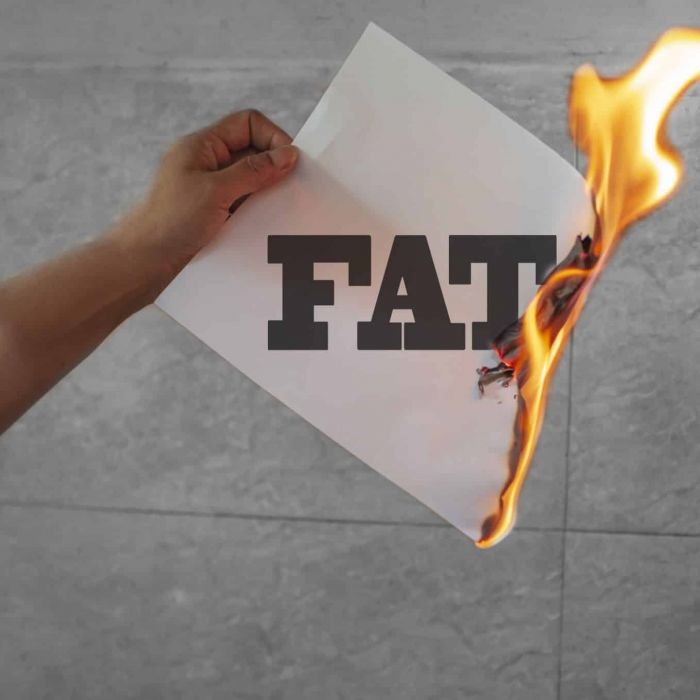Intermittent fasting (IF) for weight loss is a broad term for several fasting approaches that have many benefits. Fasting is defined as a designated period of time abstaining from all food and drink. The time period for fasting can range from as little as 12 hours to weeks. The longest physician-supervised fast is 382 days where Angus Barbeiri, a Scotsman, ate and drank nothing except vitamins, sodium, potassium, water, tea, and occasionally a bit of milk and sugar towards the last few fasting weeks.
Unlike this type of extreme fasting, intermittent fasting for weight loss allows an individual to feed periodically while abstaining from food and drink the rest of the time. Certain intermittent fasting for weight loss methods have been coined terms like the 5:2, Window fasting or 16:8, Eat-Stop-Eat, Alternate-day fasting, and the Warrior Diet. Depending on an individual’s metabolism, schedule, and will-power one method may work better than another. Each approach aims to create a daily or weekly caloric deficit with the goal of fat loss and other health benefits such as improved immune response, cognitive function, and longevity. We will explore the concept of some of these methods, benefits, and implications.
5:2 Intermittent Fasting for Weight Loss
5 and 2 refers to the five normal caloric intake days and two very low caloric intake days of a 7-day week. It is important to have an idea of what the total energy expenditure (TEE) is so metabolism doesn’t slow down as a result of undereating. On the normal feeding days, aim for a nutrient-dense intake around the TEE in conjunction with exercise.
On two staggered days during the week, the individual consumes 500-800 calories at predetermined times. This method results in a caloric deficit of 19,200-24,000 calories per week after eight weeks assuming a person’s TEE is 2000 calories/day. If 1lb fat is equal to 3,500 calories, that is a fat loss of approximately 5.5 – 6.9 lbs.
16:8 Fasting
16 and 8 differs from the 5:2 fasting method in that there is not necessarily a caloric intake goal, but rather a predetermined time frame in which an individual fasts for 16 hours and feeds for eight hours. It is recommended to strive for a moderate nutrient-dense intake and not to overeat during the feeding window. Food that is not utilized for tissue synthesis, energy production or restoration of energy stores will be converted into long-term energy stores, fat. This window can be shortened if so desired. The longer the fast, the more health benefits experienced, especially liver detoxification and utilization of visceral fat (fat around the organs).
Eat-Stop-Eat
Eat-Stop-Eat is another method of fasting started by Brad Pilon where a person fasts for at least 24 hours once or twice a week. Longer periods of fasting result in increased liver regeneration, detoxification, and cellular recycling. This is not safe for Type 1 diabetics and may not be safe for individuals that have high or low blood sugar levels, low blood pressure, or other health-compromising conditions.
Alternate-day Fasting
Alternate-day fasting is basically the same as the 5:2 except 500 calories every other day and does not promote a “healthy-eating approach”, but rather “eat whatever you want”. This is a harmful message because this diet approach is not sustainable (or healthy) long-term. A healthy diet and exercise are two different tools that serve two different functions for the goal of optimal health. We are what we eat and a diet high in fried foods, saturated fats, and sugar does not promote a healthy body.
Warrior Diet
A diet and book written by Ori Hofmekler, consists of a 20 hour fast and evening feeding time of four hours. Based on Ori’s own experiences and beliefs, the concept is to bring about an individual’s “survival mechanisms”. Although in his book, The Warrior Diet, Ori encourages whole foods from eggs, dairy products, raw and “live” fruits and vegetables, a person that has been fasting longer than what they are used to is much more likely to choose unhealthy, high-fat/high-sugary foods for quick energy. There is also the timing of food intake to take into account. Calories eaten in the early morning and afternoon hours are more readily used for energy output than the same amount of calories eaten in the later evening hours, as many of our cells have a circadian rhythm much like our wake-sleep circadian rhythm.
The will power and discipline to avoid fast-food restaurants on the way home from work, fill the refrigerator with healthy options, and not neglect other areas of well-being is imperative if someone wants to try this approach.
Find Out More About Intermittent Fasting for Weight Loss
IF can be an excellent method to help increase fat loss in conjunction with a proper diet. Just because a person hasn’t eaten for a long period of time does not mean that inflammatory foods will be less damaging to the body and it isn’t a free-for-all. We are what we eat.
ageRejuvenation has nutritionists on staff that can help you with your weight loss goals. Feel free to call us today at (888) 865-8370. We can help with your health goals.








